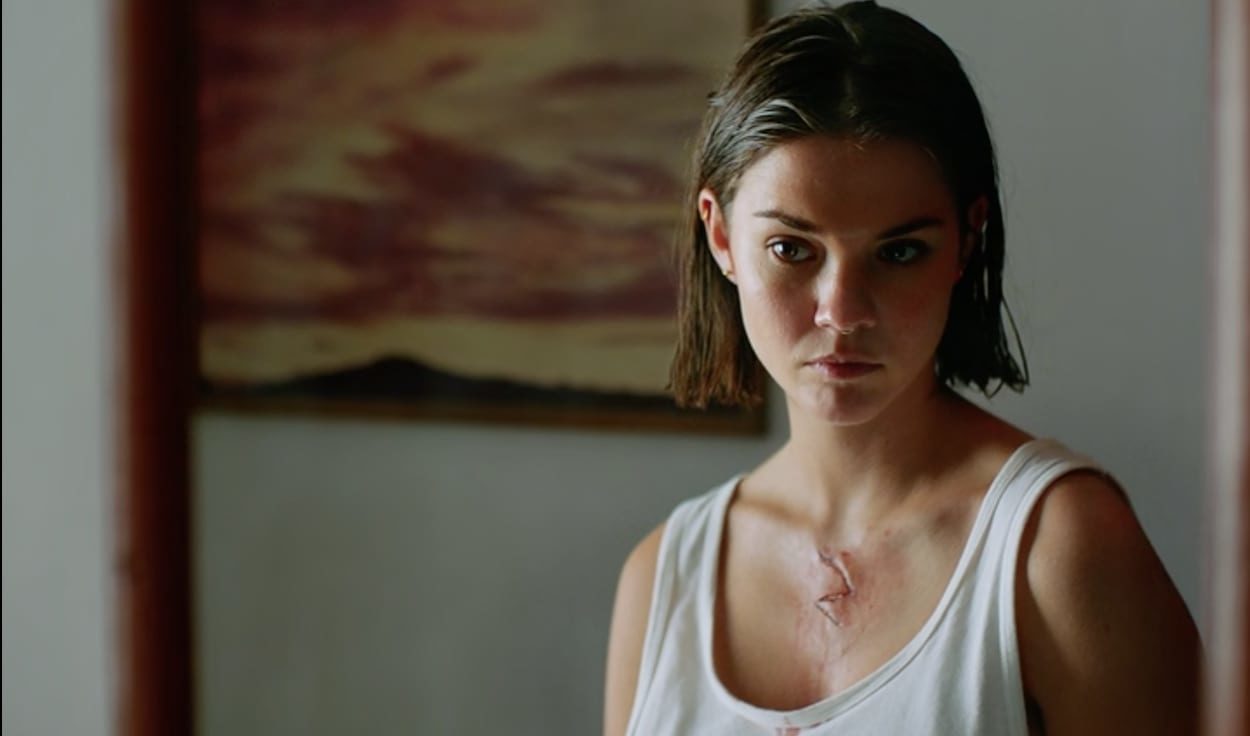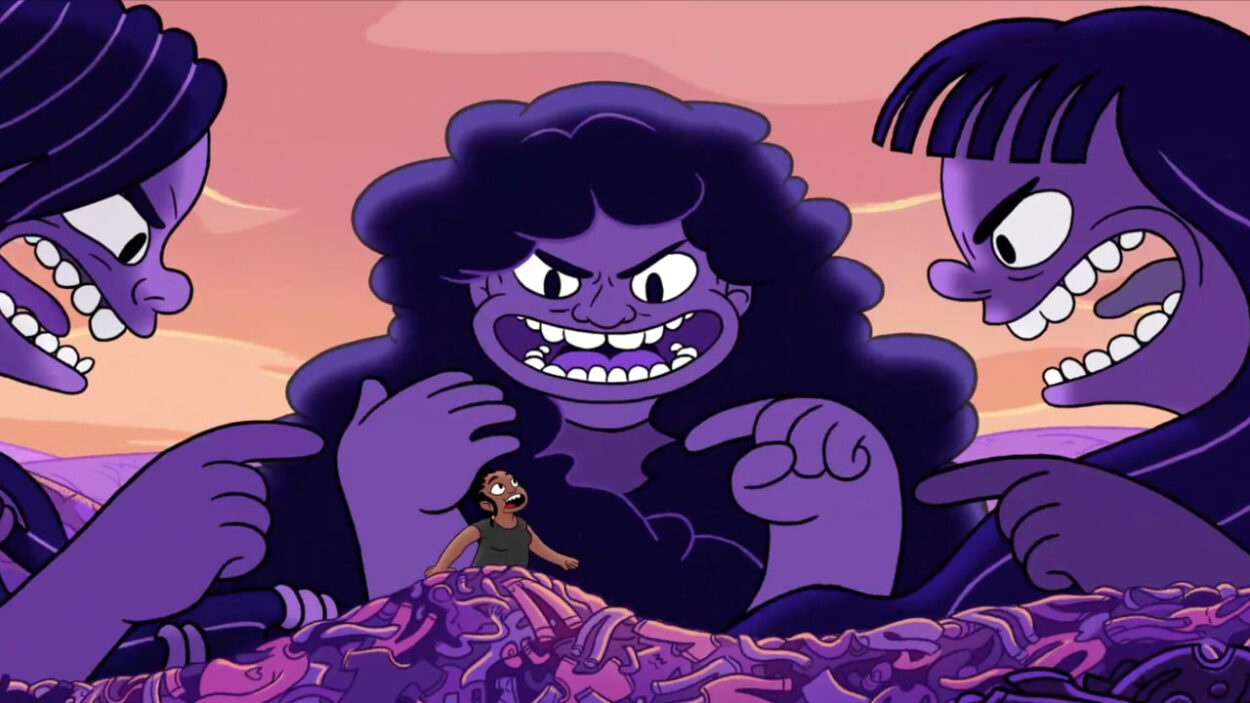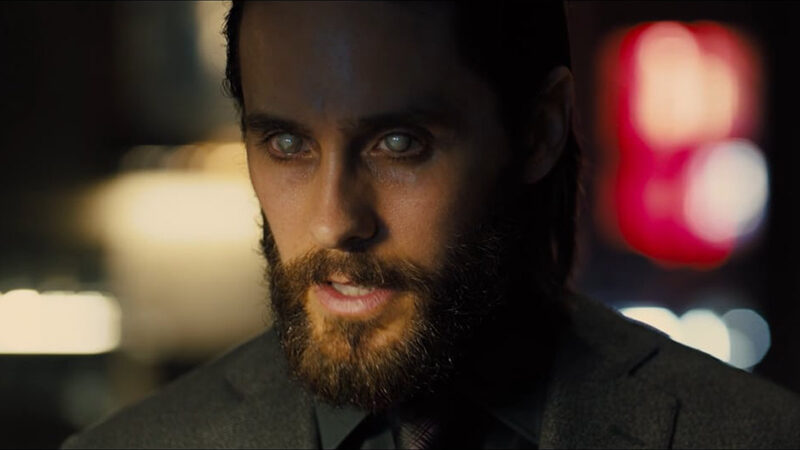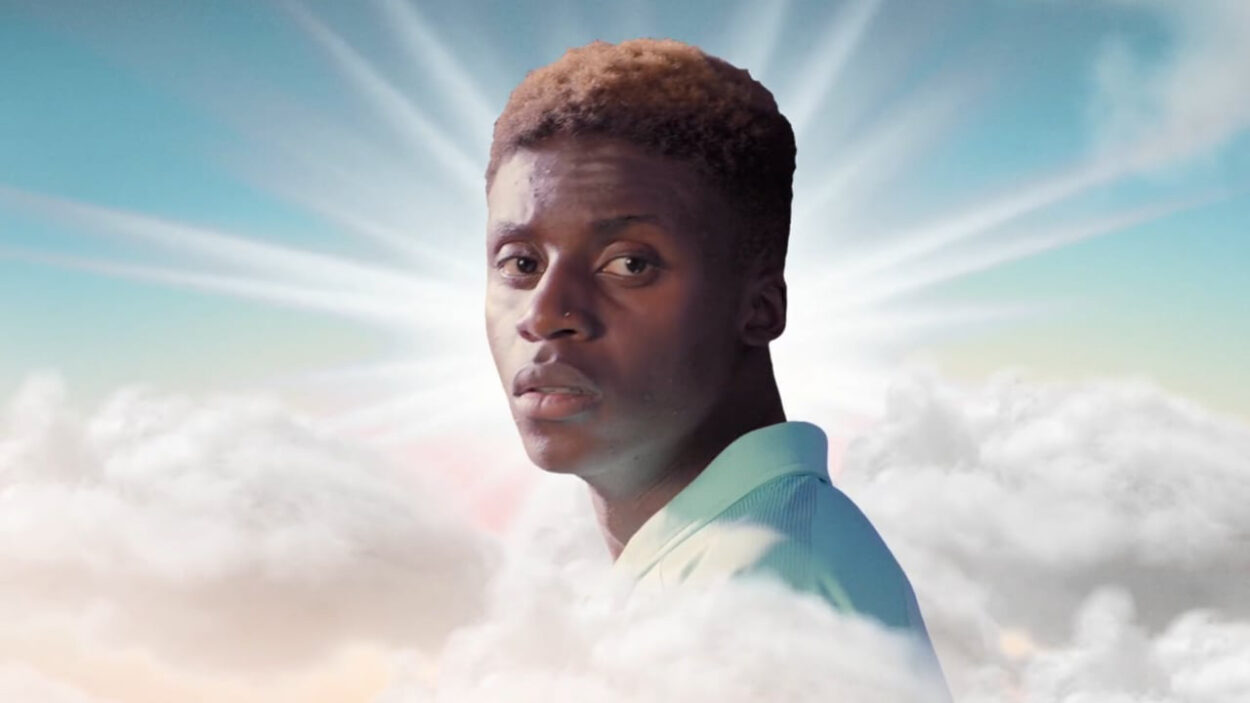Deadmau5’s track Strobe, although certainly not jolly, doesn’t sound quite as eerie as the soundtrack to your film. Was it reengineered specifically for your film?
While the title is a reference to Deadmau5’s record, neither Deadmau5 or the track are used in the film. From the start, I knew I didn’t want an electronic music soundtrack. Strobe’s music would be heard only as diegetic sound in the lead actor’s headphones.
Since there is virtually no dialogue in the short, I knew the score was going to be a huge part of telling the story. I was introduced to the composer, Katy Jarzebowski, through a friend who had previously worked with her. We both love Mica Levi and Jonny Greenwood and saw the potential of crafting an unexpected score for a story set in the DJ world. She’s an incredible talent and working with her was a highlight of the process.
What was behind your intention when you wrote the narrative? And how did you build the story?
The short film was conceived as a proof of concept for a feature script I had written but had trouble finding a way to produce. The lead is a female teenage anti-hero — a Millennial Travis Bickle — which was not a super commercial pitch without some kind of visual treatment. So I decided to sketch out a short that introduces the character and sets the tone for the feature.
I used to be a tour manager and have lots of friends in bands and DJs. They all have stories about fans DMing insane requests and photos. I thought it would be interesting to explore that from the side of a fan who may or may not be dangerous. Celebrity worship can be a scary thing and social media gives people a false sense of access to famous people.
The stunning lighting and framing are all hallmarks of Larkin Sieple’s work – put to gaspingly creepy effect for Strobe. Was everything pre-vis’d in minute detail before the shoot? Have you previously worked together?
Larkin’s work speaks for itself. He’s easily one of the most respected and sought after DPs of our generation. We have worked together on music videos and commercials but never a proper narrative. But I think what sold him on the project was that the script was only five pages. We both hate long-shorts. We spent the weeks leading up to the shoot discussing “cool” coverage. But as we got closer to the shoot, we both agreed the best way to shoot it would be minimal coverage. Don’t get fancy, just tell the story. Employ slow zooms to ratchet tension and slow the audience down to the film’s eerie, creeping pace. Neither of us wanted the handheld music video approach.
What were the main challenges of the production and how did you resolve them?
Main challenges are the same for any shoot. Time and money. And the cat. That was tricky. But the animal trainers were awesome and encouraged more and more blood. I kept asking “but is the cat ok?”
Is there anything else you’d like to add?
Maia Mitchell absolutely killed this. She’s a TV star with a massive social media following. It’s been really fun watching her fans react to her psychopathic performance. I had a blast fleshing out her character with her based on her own experience with fame and insecurities. Also, big thanks to fellow director Lance Drake for stepping in to play Strobe.

















